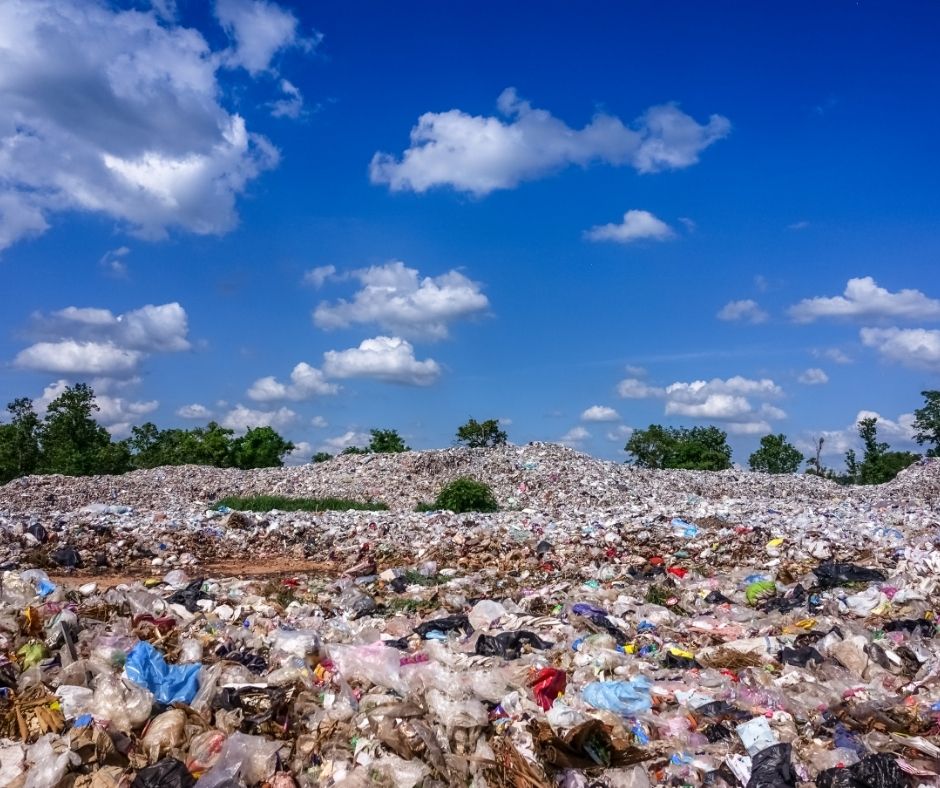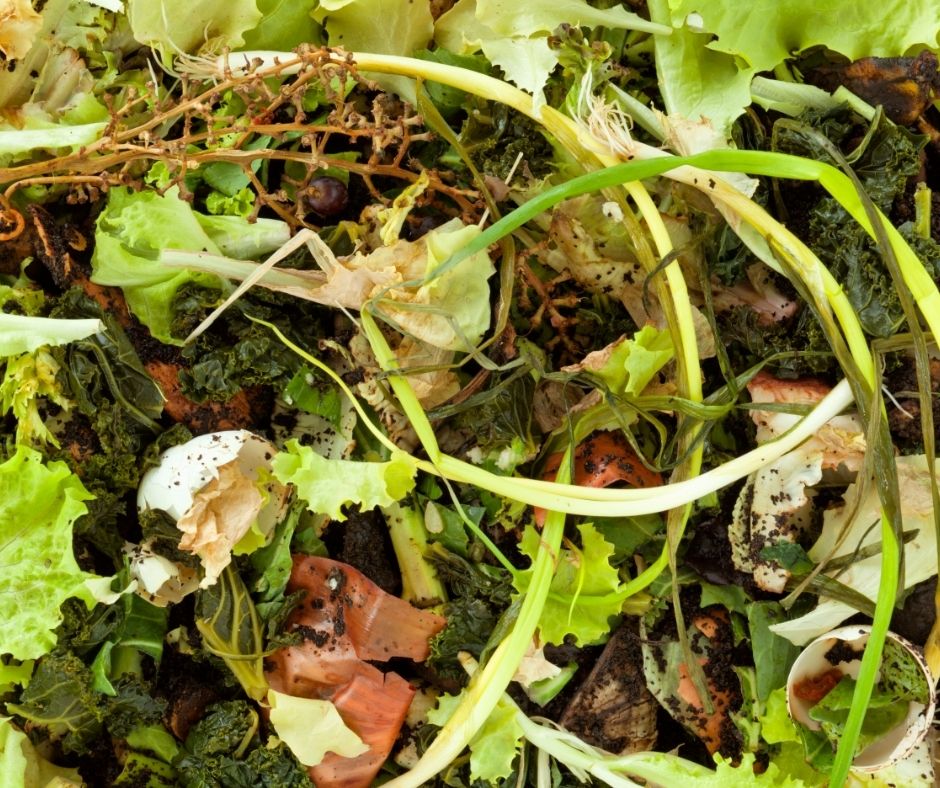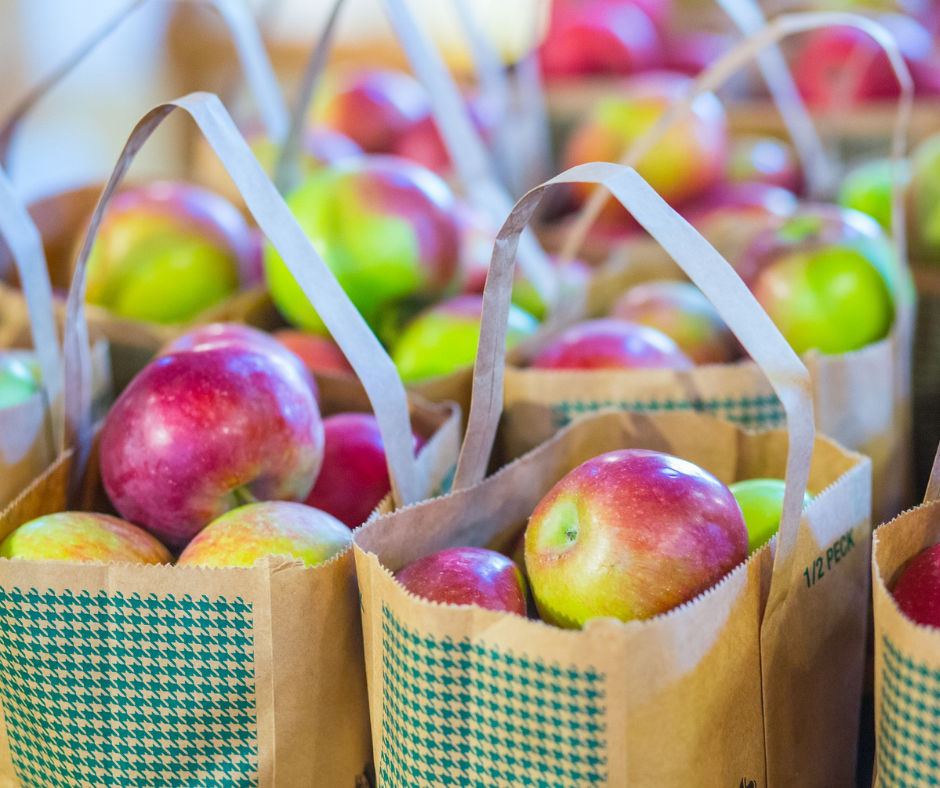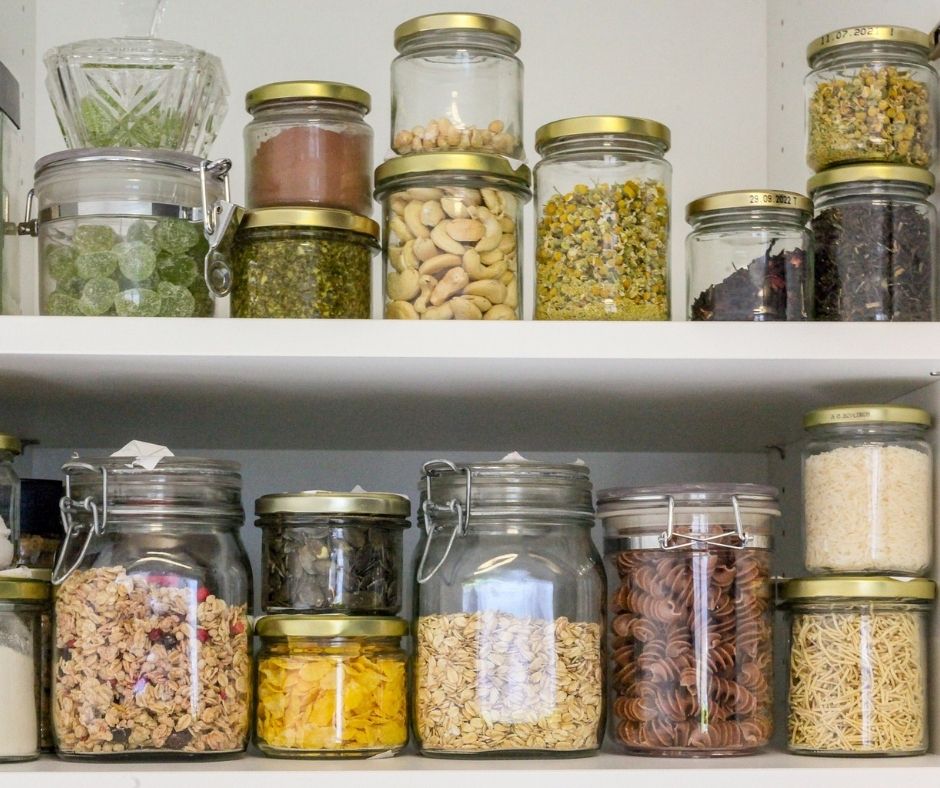by Angie Lavezzo, CFSA Communications Coordinator | Thursday, April 14, 2022 –

Minor changes add up to a major impact. We hear this refrain often when talk of personal responsibility regarding solutions to the climate crisis is in the news. It can be hard to stay optimistic in the face of statistics, but our choices are one of the few things we can control, and that is empowering.
Household waste and sustainable agriculture intersect in many ways. Increasingly erratic weather patterns caused by a warming planet have taken a toll on farmers, hurting growers and consumers. Making changes within our homes in how we manage household waste is one of the most impactful areas of daily living that we can affect. These changes also save us a considerable chunk of change in many cases.
Below is a list of 13 easy and actionable steps you can take within your household to feel good about your footprints on the earth. For Earth Day this year, and every day after that, this article can be a guide to creating change.

Food
When food makes its way into landfills, the ability of oxygen to interact and work its magic disappears. Instead, the decomposing material produces methane, a powerful greenhouse gas with 25 times the heat-trapping power of carbon dioxide. While major corporations are to blame for the majority of the world’s air pollution, individuals can still make an impact. 108 billion pounds of food is wasted in the United States each year, with landfills accounting for 14 percent of all methane emissions. This is the equivalent of 130 billion meals and more than $408 billion in food thrown away each year.
- Buy and grow local! Whenever possible, support your local farmers by purchasing food directly from them. If you want to produce some of your food yourself, buy plant starts from a local farmer who uses sustainable or organic methods.
- Make a meal plan. A little meal planning for the week before you go shopping can be beneficial for curbing over-purchasing, which often leads to throwing out food that has spoiled before it can be eaten.
- Take inventory. Look at what’s in your refrigerator, freezer, and pantry before making a shopping list to avoid buying food you already have—make a meal plan around what needs to be used up. Putting “bags” at the top of your list can help you remember to bring your reusable grocery bags into the store.
- Buy in bulk. Buying food from bulk bins can save you money, reduce food waste and eliminate packaging as you can purchase the amount of food you need instead of a pre-determined amount. Most stores let you bring your own containers to fill. Try to use the same size containers on your trip, and remember to bring an empty jar for the cashier to tare, so you are not paying for the weight of your storage vessel. Pro-tip, ask the cashier for the empty weight and write it on the jar so you don’t have to have it reweighed each trip. Also, note that buying in large quantities (e.g., buy one, get one free deal) only saves money if you use all the food before it spoils.
- Properly store fruits and vegetables for maximum freshness; they’ll taste better and last longer, helping you eat more of them before they go bad.
- Use your freezer for more than just ice cream! Freeze food such as seasonal veggies you enjoy and won’t have access to when they’re outside the growing season, bread, sliced fruit for smoothies, meat, or leftovers—label with the contents and the date.
- Make stock. Keep a ziptop bag in your freezer to save vegetable scraps. Sure, you can compost them, but why not make a delicious soup stock instead?
- Learn the difference between “sell-by,” “use-by,” “best-by,” and expiration dates. Not panicking over these dates will save a lot of tossing because of uncertainty. You may be surprised how long food is considered safe to use past that little printed date.
- Learn to preserve food. Pickle, dehydrate, can, or make jam/jelly from surplus fruits and vegetables – especially abundant seasonal produce. It’s fun, healthy, and your finished products make great gifts!
- Compost food scraps rather than throwing them away. Composting keeps decomposable waste out of landfills, and you’ll get an excellent, homemade fertilizer for your plants!

Plastic
After a single use, 95% of plastic packaging material value ends up in landfills, roadside litter, or the ocean. Further, only 14% can be recycled of all the plastic people consume. This is a heartbreaking statistic that can feel impossible to change as individuals. Changing personal habits and pressuring companies and governments to change their habits are two things to feel good about putting our energy behind.
- Purchase thoughtfully. Modifying food purchasing habits can go a long way in reducing plastic. Many products in the grocery store rely on plastic for packaging. Go a step further than bringing your own bags and invest in, or make, a set of reusable produce bags. Take a sharp look at prepackaged convenience food like grab-and-go salads and fruit and ask yourself how much longer it might take to make the same meal yourself. Often you can do it yourself in under 10 minutes, for less money, and quite a bit more food in the end. Comparing packaging between like products is also prudent. Is there a similar product that uses recyclable materials?
- Ditch plastic when able. Switch your leftover food storage containers from plastic to glass or stainless steel. A lot of advice doesn’t address that most of us have an existing stash of perfectly good plastic storage containers. It’s counter-productive to toss those or donate them if they are not in pristine condition. The thrift store you take them to will probably throw them away anyway. However, you can replace them with non-plastic options when the set you have needs replacing. Try to ween off of ziptop bags as well. Mason jars are great for all things storage, or if you love ziptop bags, commit to washing and reusing them. You can purchase a set of reusable silicone bags instead.
- Use reusable wraps for leftovers. There are stretchy silicone lids available now that fit any size container and keep your food from spilling. Beeswax wraps are also readily available and are even fun to make yourself!

It’s important to remember that the world’s problems are not ours to fix as individuals. It can be discouraging, frustrating, depressing, and all of the sad descriptors to know that doing our best may never feel like enough. What it also is, though, is hopeful. By separating ourselves from the way things have always been done, steps can be taken to actively participate in changing things and create space for others to see that alternatives exist.
Until sustainability is the norm and choices for well-made and non-toxic items are offered for sale affordably, it might feel like we are climbing uphill. Sustainability isn’t yet accessible to everyone. Collectively, we can bring it more to the foreground and help make these practices common. Thoughtful adjustments and reframing can positively impact the world, shining light and creating value that consumerism has thrown into the shadows. The Zero Waste Chef, Anne-Marie Bonneau, states it perfectly. “We don’t need a handful of people doing zero waste perfectly. We need millions of people doing it imperfectly.”
Celebrate Earth Day weekend by attending CFSA’s 25th anniversary Piedmont Farm Tour on April 23 & 24! You can learn more about it here.


